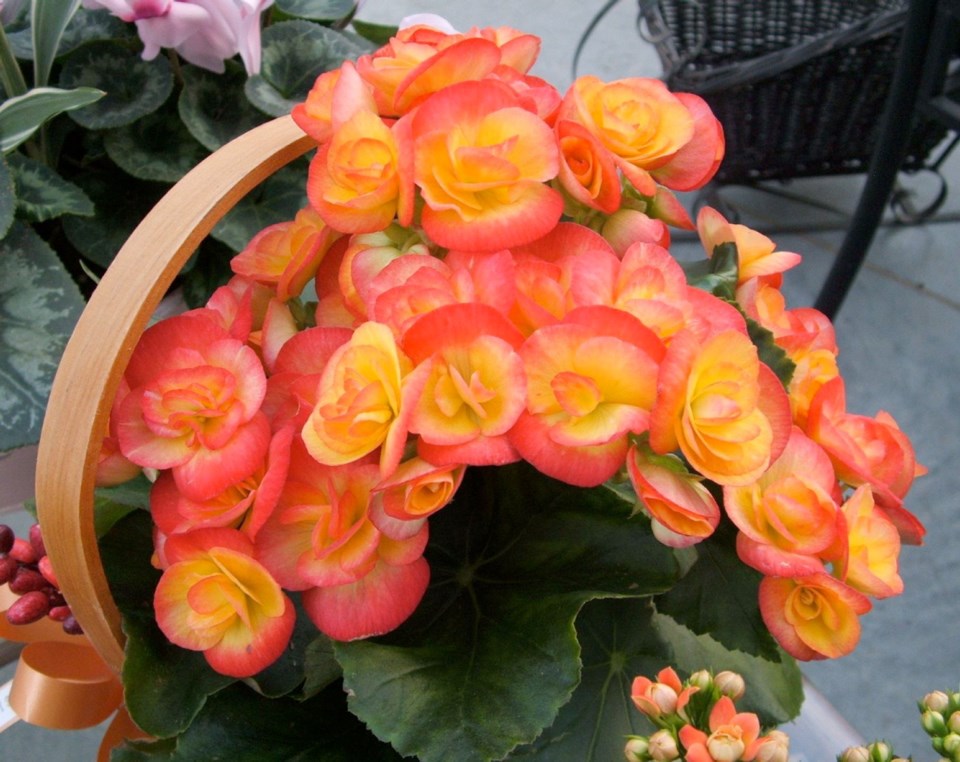Dear Helen: IŌĆÖm disappointed to╠²see that the ŌĆ£sproutsŌĆØ on my Brussels sprouts are open and leafy rather than tight and button-like. What might have caused this?
G.P.
Sprouts that fail to form firm buttons and develop instead in a more open, leafy fashion are called ŌĆ£blownŌĆØ sprouts. Conditions that foster the problem are the same ones that tend to produce ŌĆ£heartlessŌĆØ cabbages, that is, ones without a tightly formed head.
The main causes are not enough well-composted organic matter in the soil, a soil that is loose in texture, and a failure to firm plants in well at planting. An excess of nitrogen in the soil has also been known to yield loose sprouts. Inadequate soil moisture during dry weather can contribute to the condition as well. It is helpful, early in the fall, to earth soil up around the plants or mulch with compost and press it down well.
Pinching out or cutting away the plant tips late in September helps to hasten sprout development and will encourage the last, uppermost sprouts to fill out fairly quickly. Those small balls of tip growth are delicious steamed and eaten with butter, salt and pepper. Leaving the plant tip intact delays formation of the upper sprouts for an extended harvest period.
Some authorities recommend removing blown sprouts as soon as they are noticed.
╠²
Dear Helen: IŌĆÖd like to give my grandmother a plant for Christmas, but I donŌĆÖt want to select something that requires difficult conditions or constant attention. What are my choices among plants that are colourful and easy-care?
D.H.
╠²
Dear D.H.: Avoid azaleas, cyclamen and chrysanthemum. They are lovely, but they do a fast fade in warm temperatures and dry air.
If youŌĆÖd like to be seasonal, select a poinsettia. TheyŌĆÖre available from very small to huge, hotel-lobby sizes and youŌĆÖll find interesting variations, like a╠²ŌĆśRed╠²CarouselŌĆÖ I bought a few years ago. It had very dark red, wavy-edged bracts. Poinsettias often last in colourful condition until spring in slightly cool temperatures, bright light, and╠²watering when the pot feels light when lifted.
Rieger begonias are very showy and stay in bloom for a long time ŌĆö often through to May at a bright window. African violets are probably the most tolerant of very warm room temperatures. The brightest light possible in winter, warmth, and high humidity levels all help to prolong bloom.
╠²
Dear Helen: In my front yard, a╠²beautifully shaped fir tree nestled against a large rock outcrop has long been a favourite sight in the garden. IŌĆÖve always found it charming. Sadly, around mid-September, the branches of╠²this tree began discolouring, and now the entire tree is reddish brown. The tree did get some water in the summer, but probably not enough to penetrate the ground deeply. Is there any hope for my tree? What should I do about it?
S.W.
A fir tree that has turned almost entirely brown is not likely to regain its normal colouring.
I see in the photo you sent that several larger fir trees, quite close to the discoloured one but behind the rock formation, are fine.
There must be something about the smaller treeŌĆÖs site, right up against the rock, that has contributed to its problem. Perhaps the rock formation includes a shelf that runs beneath the tree, allowing for a very shallow, limited root run. That would make the tree especially vulnerable to harm from the long, hot and dry summer this year.
Fir trees are vulnerable to browning off following a prolonged period of waterlogged soil conditions; an extended time of drought can cause the same harm.
Applying water after a plant has experienced a period of drought often sets the roots up for rotting. Root-rot infections lead to drying and browning. Prevention lies in keeping the soil conditions modestly but evenly moist.
What to do now? If the sight of the tree is upsetting, cut it down and consider replacing it temporarily with a conifer in a large pot, perhaps decorated with a string of small lights for the season.
Or, leave it until spring and think over the winter about how to re-invent the site. Before doing anything, dig the area over deeply, to determine what depth of soil youŌĆÖre working with. Avoid planting another fir in the same spot.



